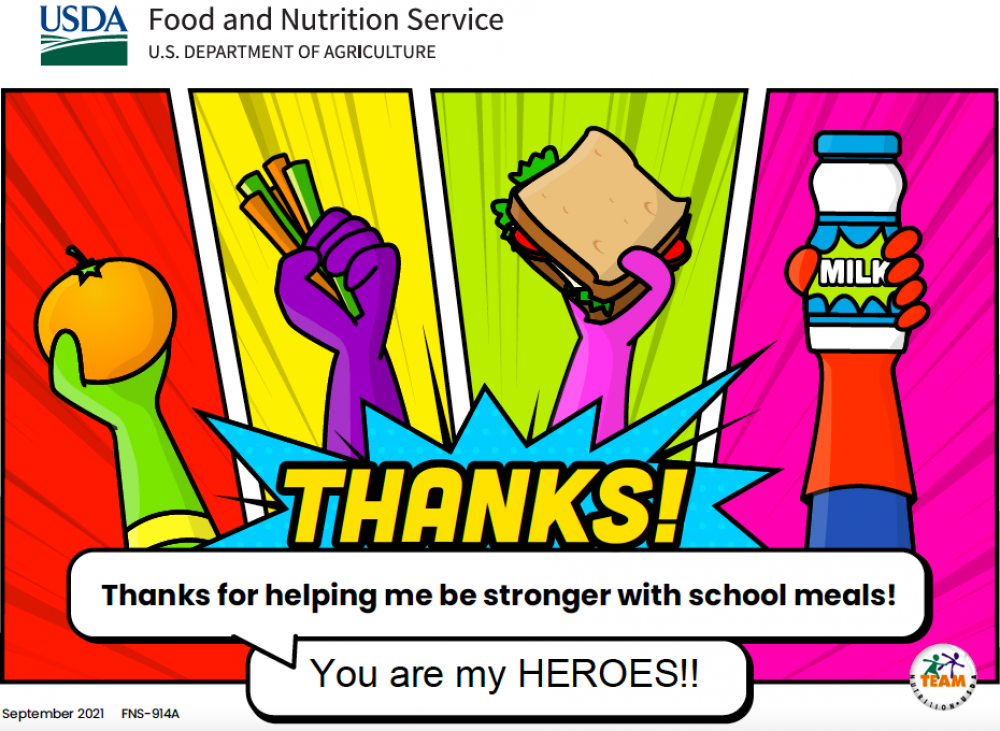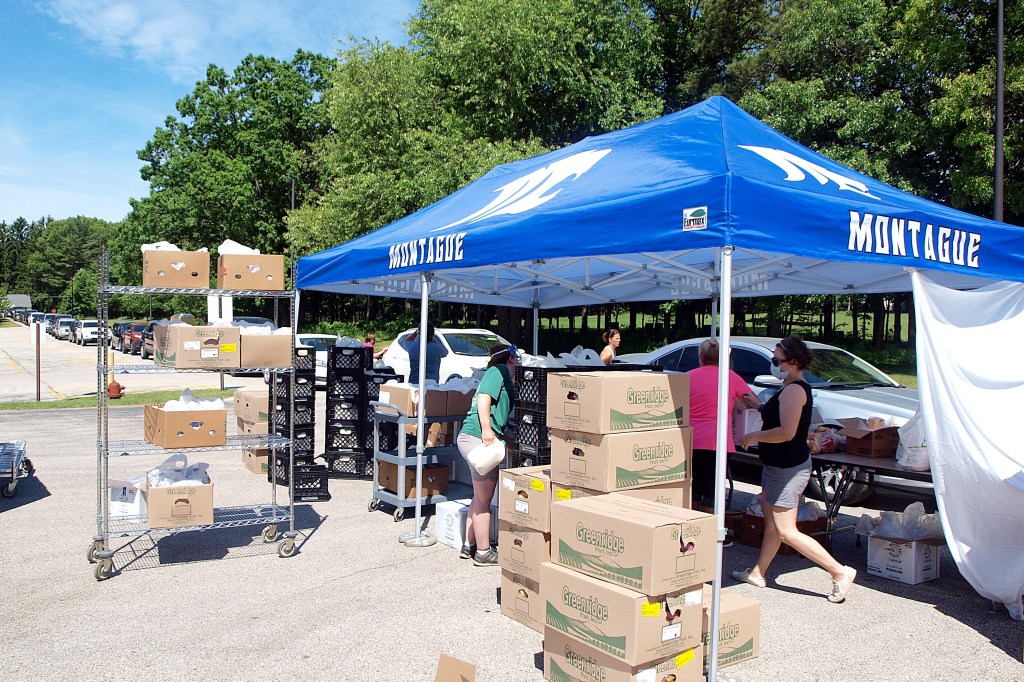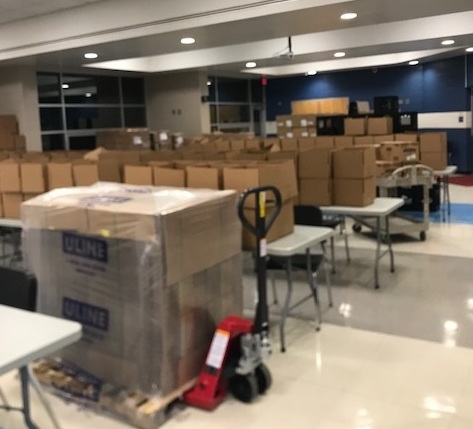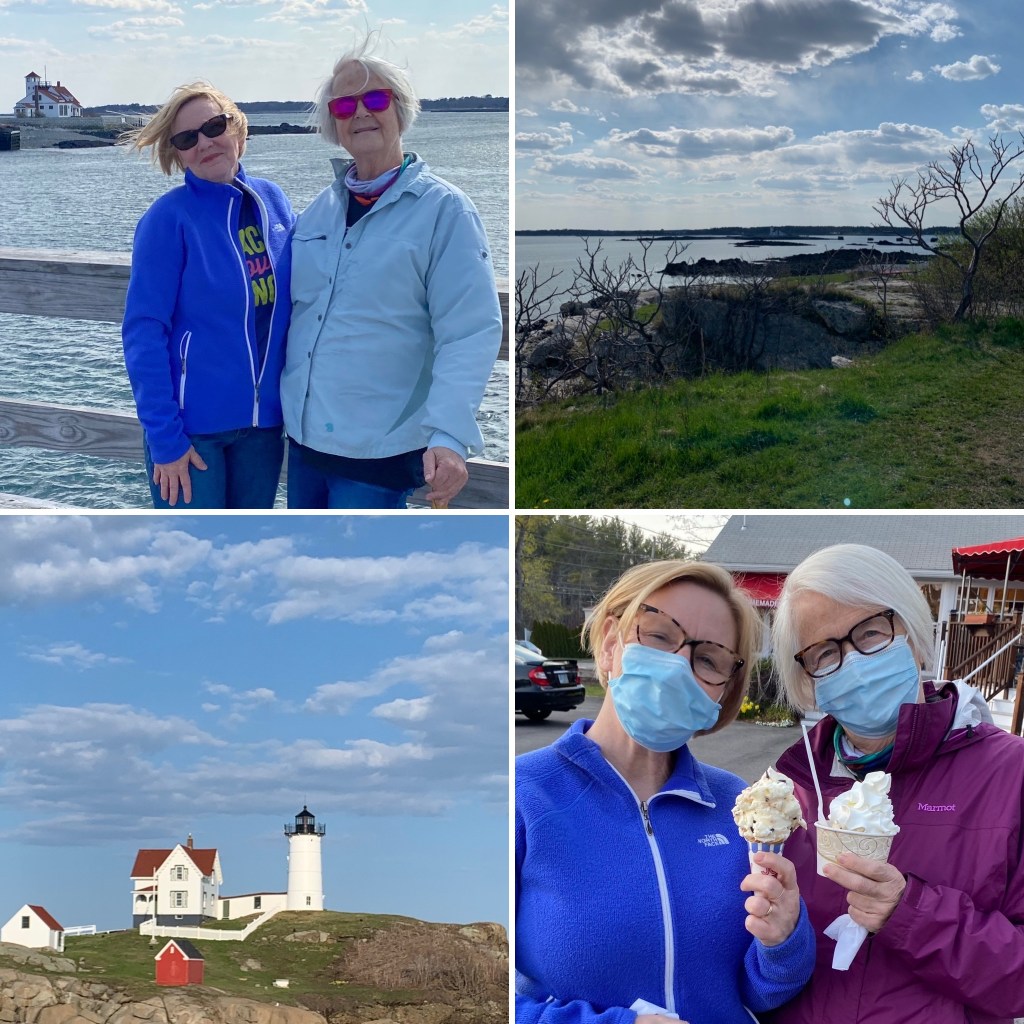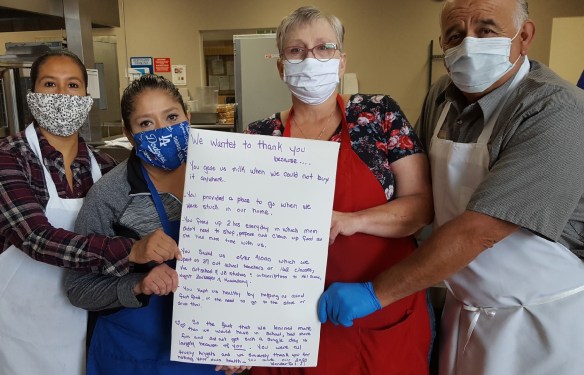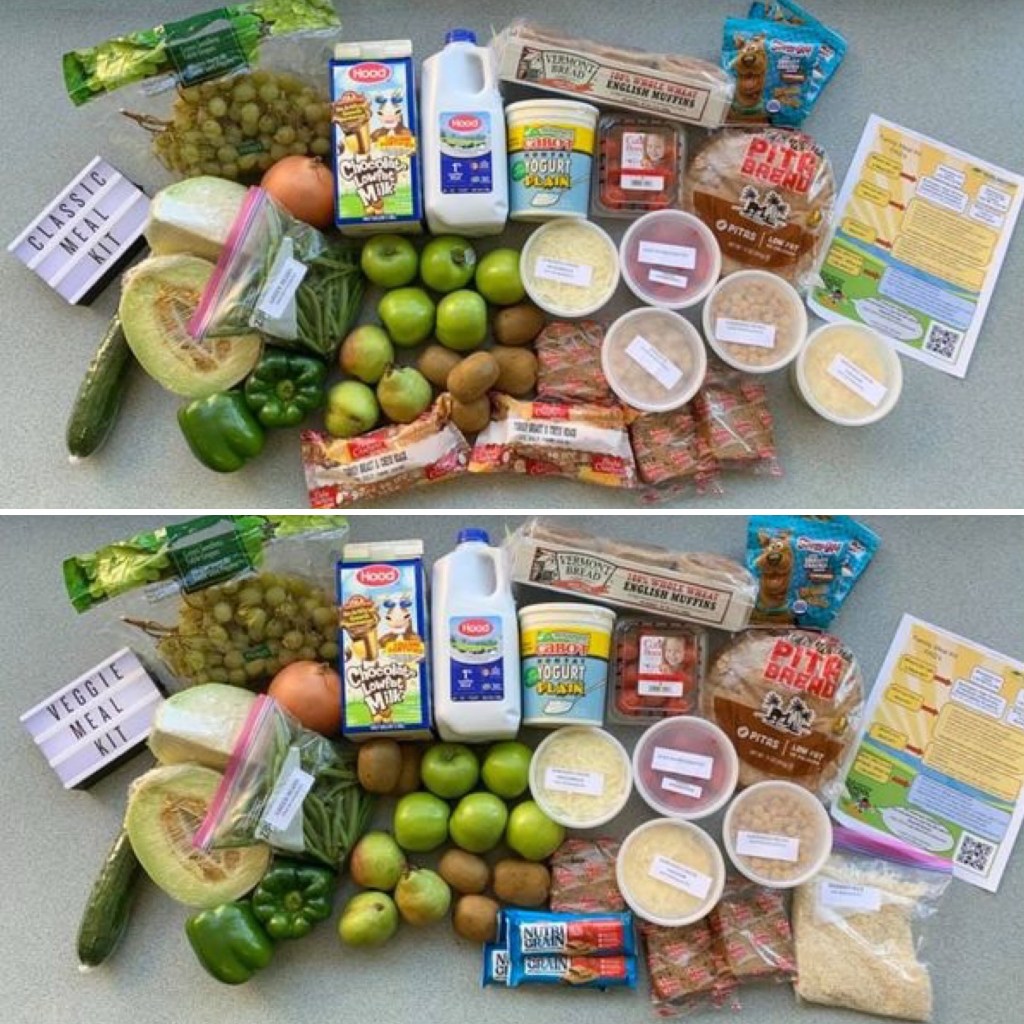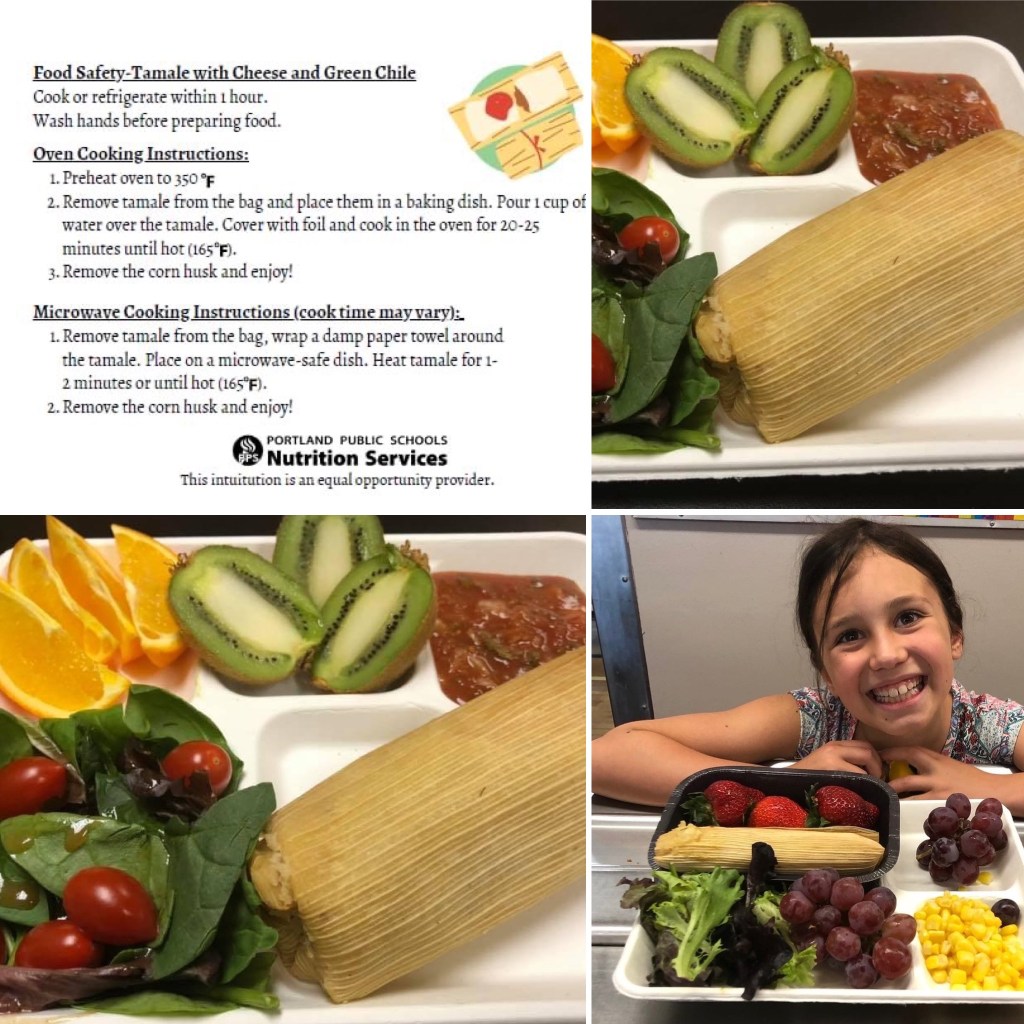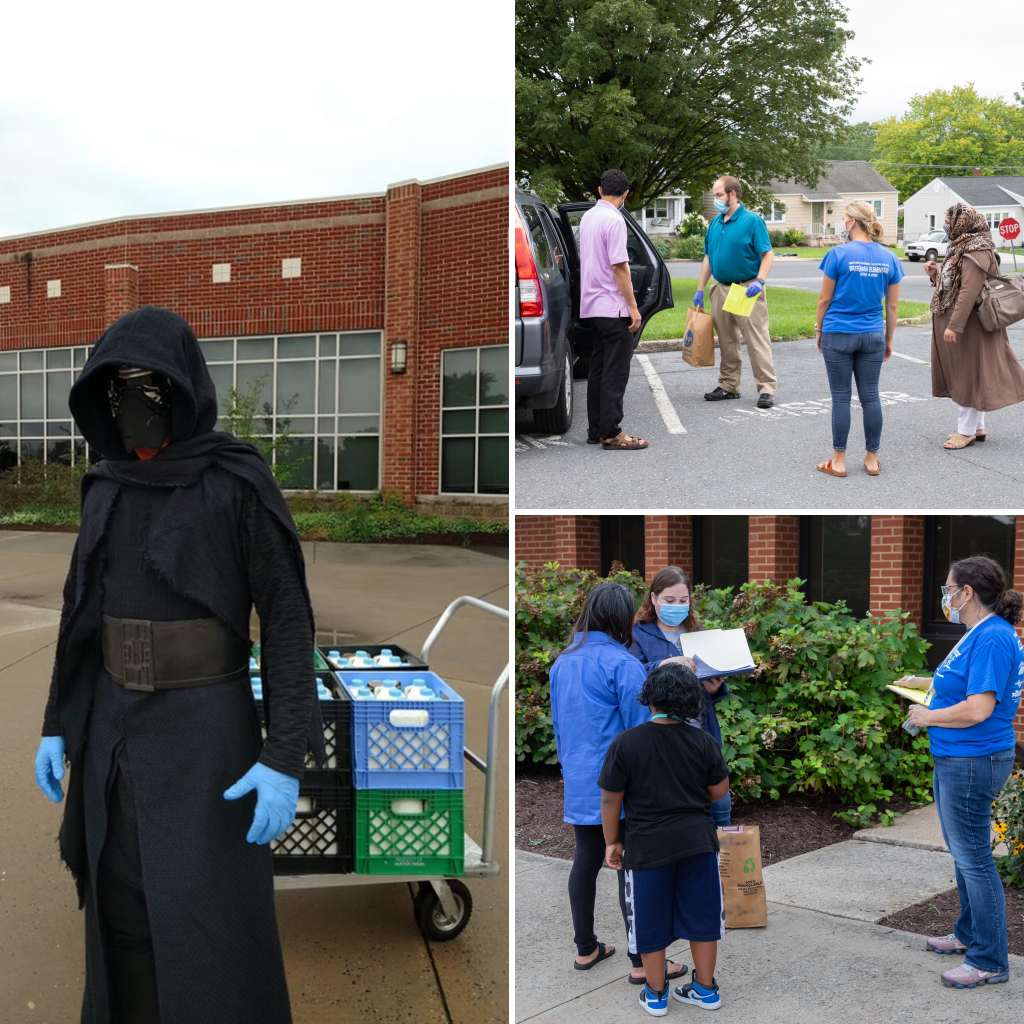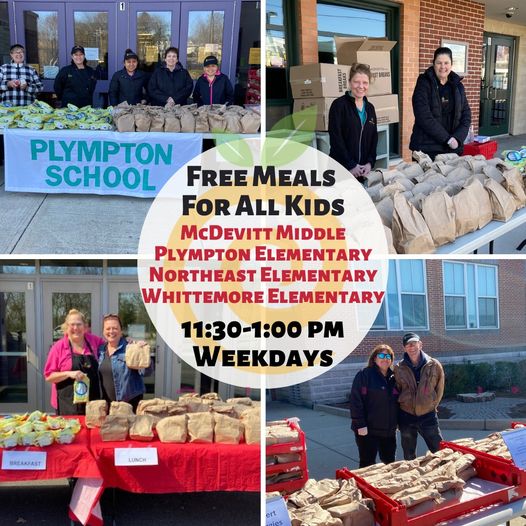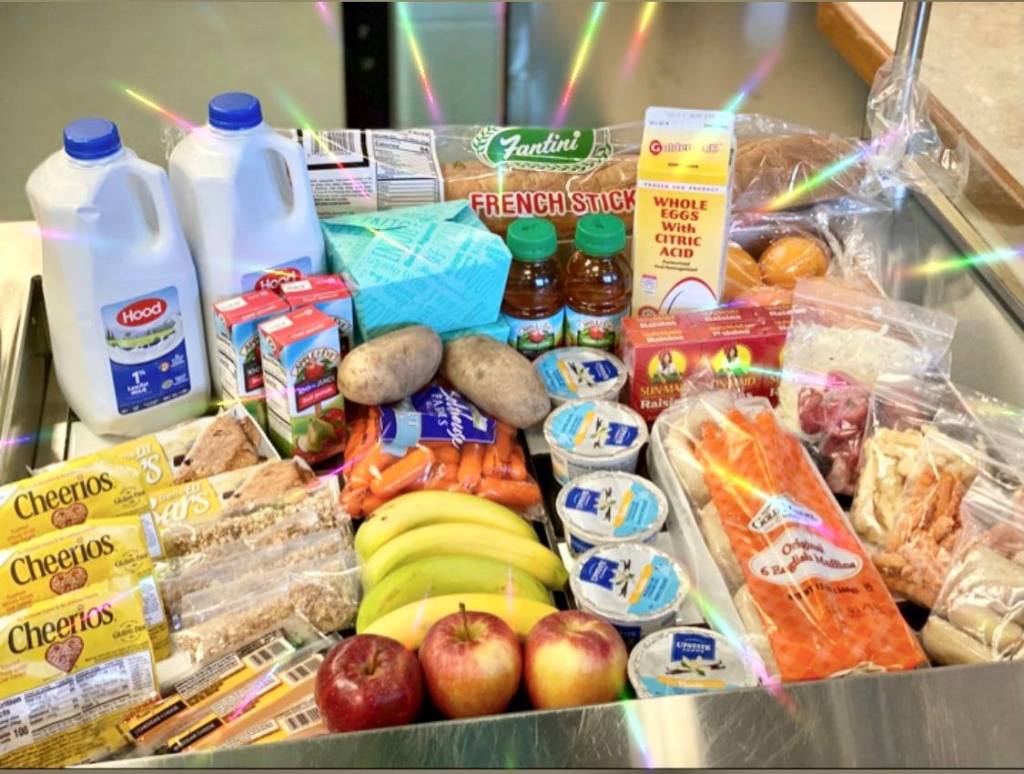Is it possible that this school year is worse for school meal programs than last year? Talk to a few school nutrition heroes and the answer is a resounding YES.
First, the good news: All students K-12 in US schools can receive meals at no cost during SY 2021-2022. This means increased participation (more than double in some schools) and more kids getting healthy meals. This is a very good thing, until you also think about supply chain disruptions and staff shortages.

There are lots of supply chain problems – late deliveries, no deliveries, substitutions and some amazingly mis-labeled cases. Imagine getting cases of frozen blueberries instead of pizza sticks, sugar instead of pizza sauce, or minced clams instead of bagels. While shortages and substitutions may be relatively easy when feeding a family of four, culinary magic tricks become serious business when you are feeding hundreds or even thousands of hungry kids at school.
Schools are facing increased demand and, in many cases, decreased supply of critical food ingredients and sometimes even the trays needed to serve them. And one more thing that is in short supply: workers. Like restaurants and stores, many school nutrition programs cannot fill open positions and are constantly juggling schedules when workers are out sick. Remember, schools have been feeding millions of students since March 2020, almost twenty months without any real breaks. From emergency curbside pickups and home doorstep deliveries, they have now moved to meals in the classroom and lines in the cafeteria. Schools may have been closed, but school foodservice was – and still is – open for business. These nutrition heroes have worked long, hard hours and they are tired – very, very tired.

But here’s the incredible thing: During the current challenges, their creativity has continued to shine! As Moss Crutchfield, a school chef, put it, school nutrition pros know how to “turn a WHOA into WOW!” When pepperoni wedge pizza did not show up in Rosemead (CA) school kitchens, they “got innovative with vegetable pizza using roasted broccoli, mushrooms and peppers. We surprisingly found out most students loved the substitution!” In Riverview Garden School District (MO), Shannon Ebron took the pizza substitution challenge head on: “No meat topping pizzas in stock, no problem! Buffalo Chicken and Turkey-Ham Hawaiian pizza comin’ in hot from RGSD high school! Speed scratch pizza featuring a commercial 4-cheese pizza as the base.”
As a chef, Moss (new Director of Food and Nutrition Services at Epping School District, NH) has been using his mad chef skills to create new recipes out of existing USDA commodities: “Asian orange chicken failed to arrive, but I had plenty of commodity chicken and peaches at my new district. I always keep some basic foundational ingredients like teriyaki and soup bases on hand, so I made a yellow chicken curry with spices and puréed fruit. Literally DAY ONE of the new school year. Now they ask for ‘that” chicken!”
So, what am I thinking as we celebrate National School Lunch Week (10/11 through 10/15)? I’m thinking that the creativity of school nutrition professionals is unsurpassed in the culinary world. They have fed children WELL during a pandemic (along with hurricanes, floods and forest fires). They have searched deep into their communities to partner with local farmers, ranchers, bakers, chefs, stores and restaurants – helping local agricultural producers and food businesses survive during hard times. They are the world to hungry children as you can read in this note, shared by Vince Caugin from Natomas USD (CA).
What can you do? Rather than complaining about school lunch substitutions, take a few minutes to support school nutrition professionals – recognizing that they are doing the best they can, with what they have, in very difficult situations. If you work in a school, take a few minutes to handout meals at a breakfast cart or to wipe down tables between classes in the cafeteria. A simple thanks can also do wonders. It doesn’t have to be complicated or elaborate. Handmade cards from students are always in style. Thank you cards from USDA Team Nutrition are easy to download and send or print out at https://www.fns.usda.gov/tn/stronger-school-meals-educational-materials

